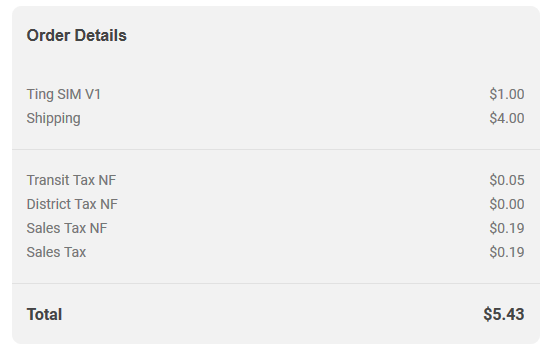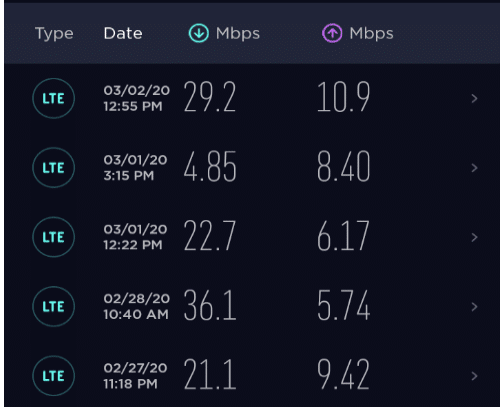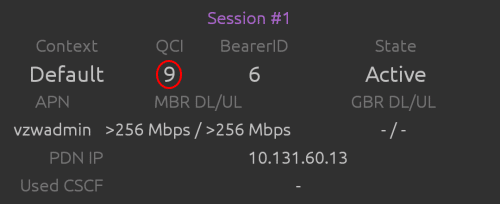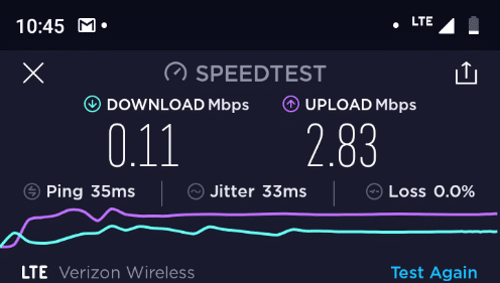I’ve written a number of posts criticizing wireless carriers that label their plans “unlimited” while imposing limits. Usually, these carriers impose weird restrictions or slow data speeds for heavy users of data. If you’re feeling charitable, you could argue that most of these plans are still, in some sense, unlimited. Most of these plans don’t have simple limits on the total amount of data subscribers can use each month.
Wing’s new policy
The mobile virtual network operator Wing, which I’ve reviewed and liked, appears to have just started imposing strict caps on unlimited plan subscribers’ data use. Earlier today, a Reddit user reported that Wing was limiting users on the carrier’s AT&T-based unlimited plan to 30GB of data use each month.1 The Reddit user shared messages from a discussion with a Wing support agent:
The support agent went on to explain that Wing’s newly released unlimited plan running over T-Mobile’s network would not have the same limitations:
We’ve recently acquired Wing T-Mobile and the unlimited plans we offer there can best suit your unlimited data needs!
The Wing T-Mobile plans are fully unlimited with no throttles and no caps on data for both hotspot usage and cellular usage.
Current plan offerings
Wing continues to offer an unlimited plan for new customers. As far as I can tell, this plan typically runs over AT&T’s network.2 It doesn’t look like Wing is adequately disclosing the data caps to potential customers.3
Added 3/10/20: Wing confirmed the existence of new data caps in emails with me and publicly on the company’s website.








